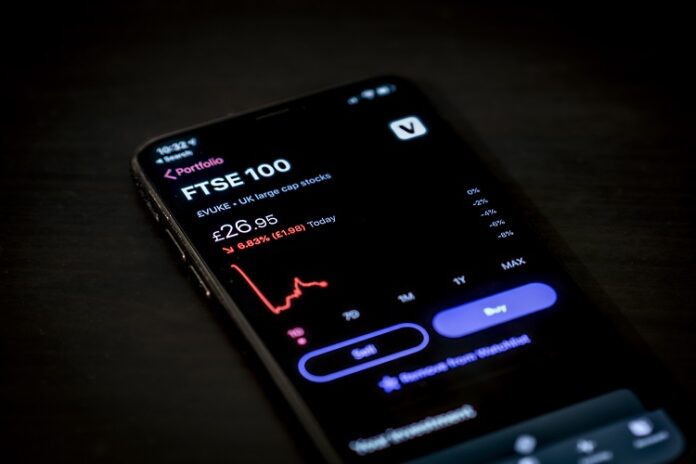Have you ever wondered why successful traders all have one thing in common? They understand the importance of managing risk when trading Contracts For Difference (CFD). Whether you’re new to CFD trading or experienced, having a robust risk management system is the key to success.
This article will explore how effective risk management can help protect your capital while potentially maximising investment returns. We’ll also discuss some practical strategies that you can use to manage and mitigate risk in CFD trading. So read on if you want to learn more about CFD trading – and how effective risk management can be the difference between success and failure.
Table of Contents
What is risk management, and why is it essential in CFD trading
Risk management is integral in CFD trading, embracing a balanced approach to position sizing and financial risk-taking. The success of risk management involves understanding processes, applying those concepts to a trading system, and developing an edge when entering into different trades.
In addition to reducing the amount of capital exposure by keeping systematic entry and exit points to practice discipline while trading, risk management also involves predicting market volatility so traders can strategically place stop-loss orders and take profits at predetermined times.
By properly managing risk, traders can look to minimise their overall financial losses while increasing their chances of finding more successful positions within a specific asset’s price movements. Ultimately, careful risk management is essential for any trader who wants to ensure long-term success in CFD trading.
The different types of risks that you need to be aware of when trading CFDs
When trading CFDs, you need to be aware of several different types of risks. One type of risk is market risk, which refers to the amount of money that can be lost due to unfavourable changes in the underlying asset’s price. Another type of risk is counterparty risk, which occurs when a trader’s position is exposed to default by their trading partner or broker.
In addition, liquidity and margin call risks are other common risks associated with CFD trading. Liquidity risk occurs when traders cannot close their positions due to a lack of buyers for an asset. In contrast, margin call risk exists when traders over-leverage their positions and require additional funds from their brokers to cover their losses. Saxo offers several tools that can help traders manage risk, such as Saxo’s risk management tool, which allows users to monitor their positions and alert them when they are at risk of being closed due to margin calls.
How to identify and manage risks while trading CFDs
Identifying and managing risks in CFD trading can be achieved through several methods. Firstly, it is vital to understand the various types of risk associated with CFDs – this will enable you to assess better the risks involved in any given trade before entering into it.
Additionally, traders should consider their risk tolerance when constructing their trading strategies – they should set up predetermined stop-loss orders and take profit points to help limit their losses in an unfavourable market move. Lastly, traders should also consider leverage when entering into trades – leveraging can magnify both profits and losses, so it is essential only to use a level of leverage you are comfortable with.
Tips for reducing risk while CFD trading
Several tips can be followed to reduce risk while CFD trading. Firstly, traders should ensure that they have a comprehensive understanding of the underlying asset before entering into any trades – this will enable them to make better-informed decisions when constructing their strategy.
Additionally, traders should ensure that they are only using an appropriate amount of leverage for their risk tolerance – leveraging too much capital can increase losses significantly if the market moves in an unfavourable direction. Lastly, traders should also consider setting up a stop loss and take profit orders which will help limit losses and protect profits if the market moves unexpectedly. By employing these strategies, traders can likely maximise their chances of successful trades over time.
The benefits of risk management in CFD trading
Risk management is essential for any trader who wishes to make successful trades in the CFD market. By proactively assessing and managing the risks associated with their trading strategies, traders can minimise their losses and maximise their gains over time. Risk management also enables traders to evaluate different markets and identify potential opportunities more accurately.
By employing a comprehensive risk management strategy, traders can also gain greater control over their portfolios – this will enable them to diversify their investments better and spread out the risk associated with each trade. Ultimately, risk management is integral for any trader who wants long-term success in CFD trading.









